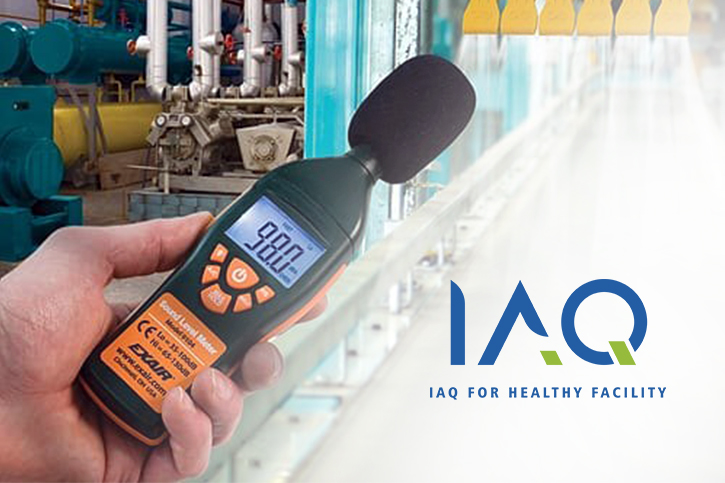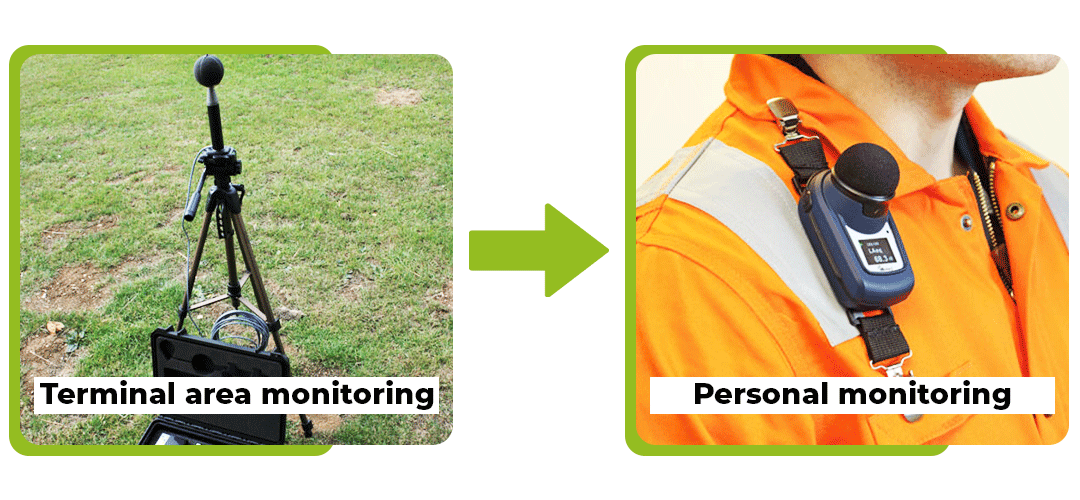Noise Exposure Monitoring

Sound is generated by vibrating objects and is transmitted to the listener’s ears via air or other medium waves. When an object vibrates, it alters the air pressure somewhat. These changes in air pressure propagate through the air as waves and produce sound. The ear’s hearing mechanism is extremely sensitive, capable of detecting even very little pressure waves. It is also extremely delicate, which is why loud noises can cause hearing impairment.
Noise Exposure Monitoring
Excessive noise exposure destroys the nerve endings in our inner ear. Increased exposure results in the death of further nerve endings. Consequently, permanent hearing loss occurs that cannot be reversed surgically or medically. Noise-induced hearing loss negatively affects your ability to detect and perceive high-frequency sounds, significantly reducing your ability to communicate. Although hearing aids can assist, they do not restore normal hearing.
Steps on conducting noise exposure monitoring:

According to Department of Occupational Safety and Health Malaysia (DOSH), the purpose of conducting noise exposure monitoring in the workplace:
Identify all employees who are likely to be exposed to loud noises
Collect data on noise sources and work practises to aid in the formulation of new noise reduction measures
Evaluate the effectiveness of existing noise reduction measures
Assist in the selection of appropriate personal hearing protection (PHP)
And demarcate hearing protection zones
Determine the need of developing and enforcing an hearing conservation program (HCP)
If you are concerned about the noise your business makes, or have received complaints about it, our technicians are fully certified to carry out full inspections to the satisfaction of the Malaysian Department of Environment as per the recommended noise monitoring guidelines created by them.
Frequently Asked Questions
To ensure that employees and occupants are safe. Failure to provide safety to building occupants will contradict or go against the law and regulations set by the Department of Occupational Safety and Health Malaysia (DOSH).
Signs noise exposure monitoring needs to be conducted:
- Are individuals required to raise their voices?
- Do workers experience ringing in their ears at the end of their shifts?
- Do they discover that when they return home from work, they must turn up the volume on their car radio higher than when they left?
- Would anyone who has spent years working in a noisy environment have difficulty understanding conversations at events, bars, or in crowds with multiple voices and “competing” noises?
According to Department of Occupational Safety and Health Malaysia (DOSH), the duration
must be:
- not more than 5 years from the date of the previous noise exposure monitoring;
- or on the Director General’s direction

